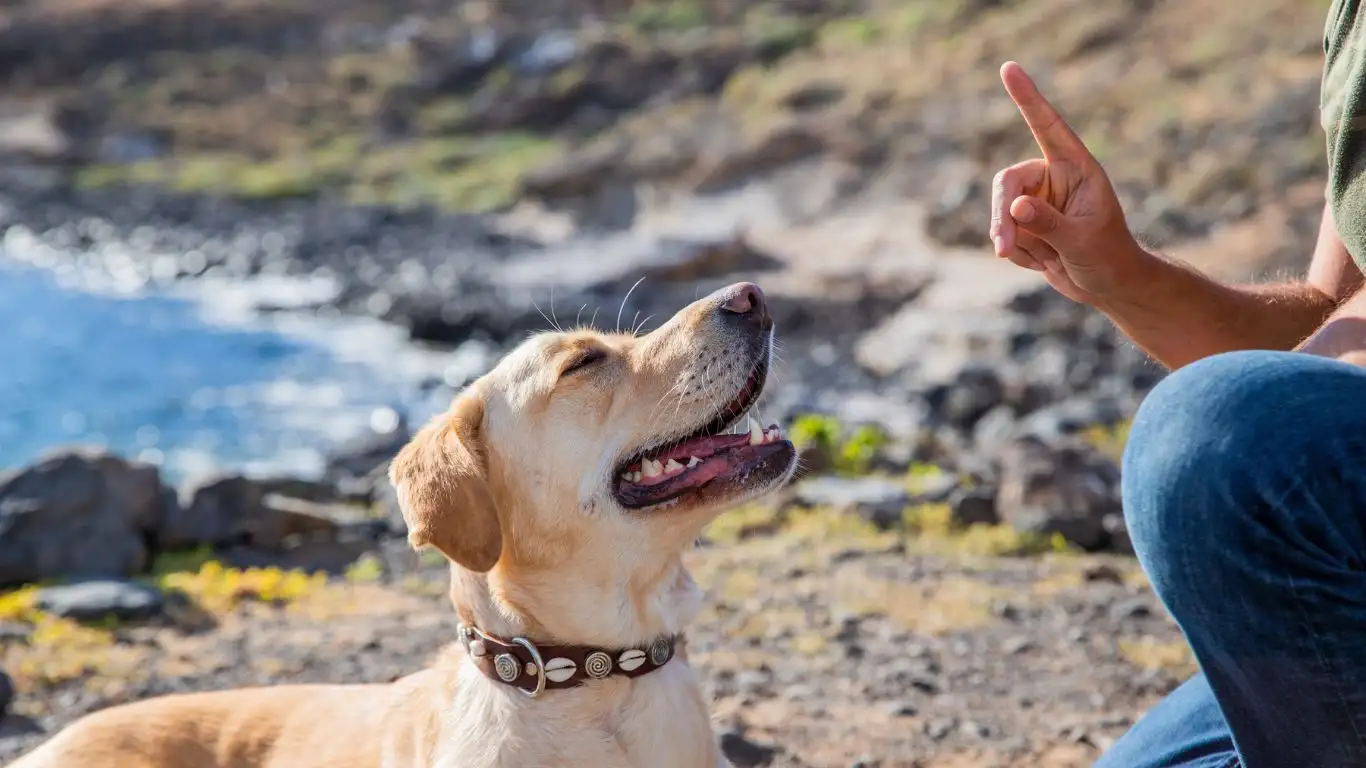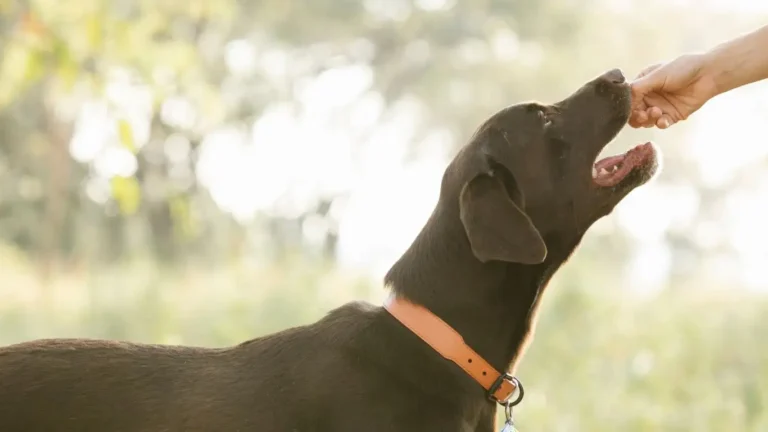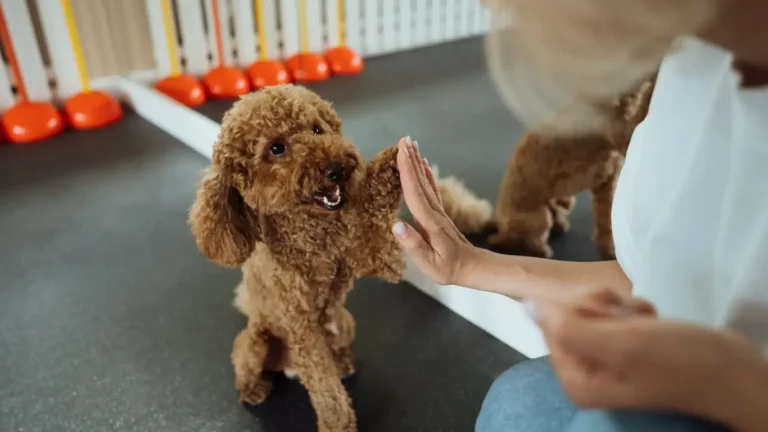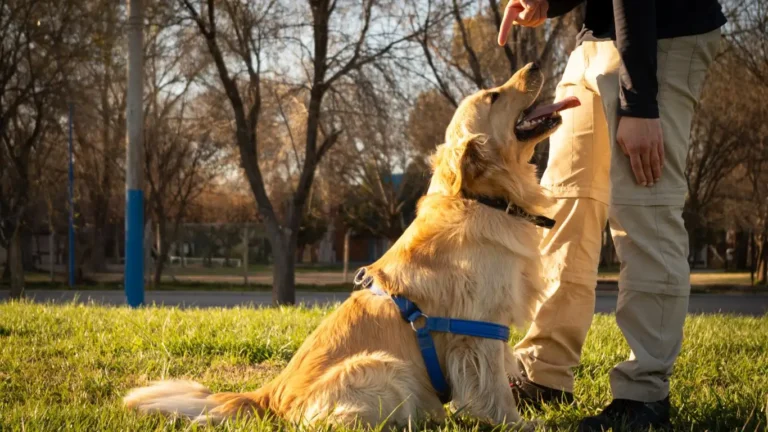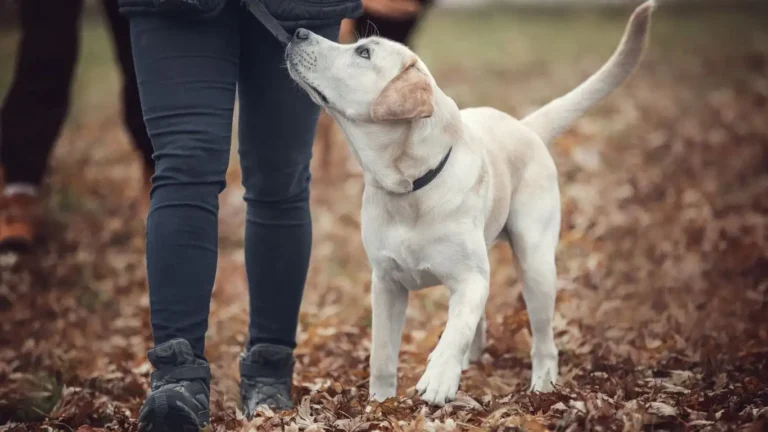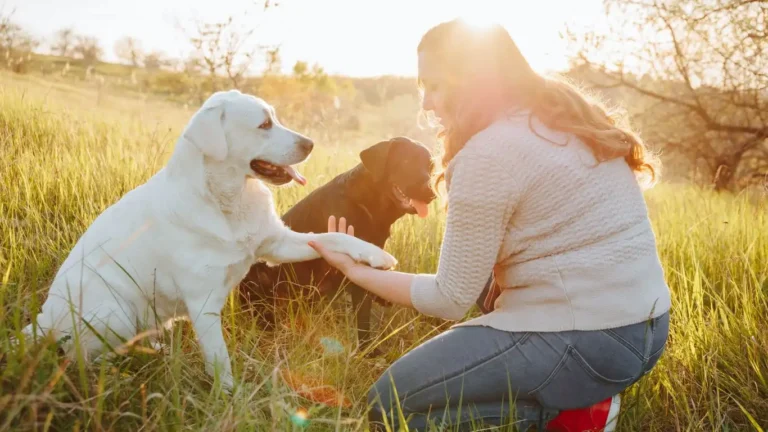Beat Winter Blues: How to Prevent Boredom in Dogs the Smart Way
As someone who’s spent years in the trenches as a Canine-Assisted Therapy Trainer, I know all too well how winter can bring a serious case of the blahs—not just for us humans, but for our furry companions too. How to prevent boredom in dogs during winter is something I get asked a lot, especially when the cold hits and those long evening walks or park playdates just aren’t an option. Trust me, I’ve worked with everything from high-energy shepherds to mellow retrievers, and keeping them mentally and physically stimulated during the colder months is absolutely key to preventing destructive behavior, stress, and general doggy grumpiness.
Why Winter Boredom Happens in the First Place
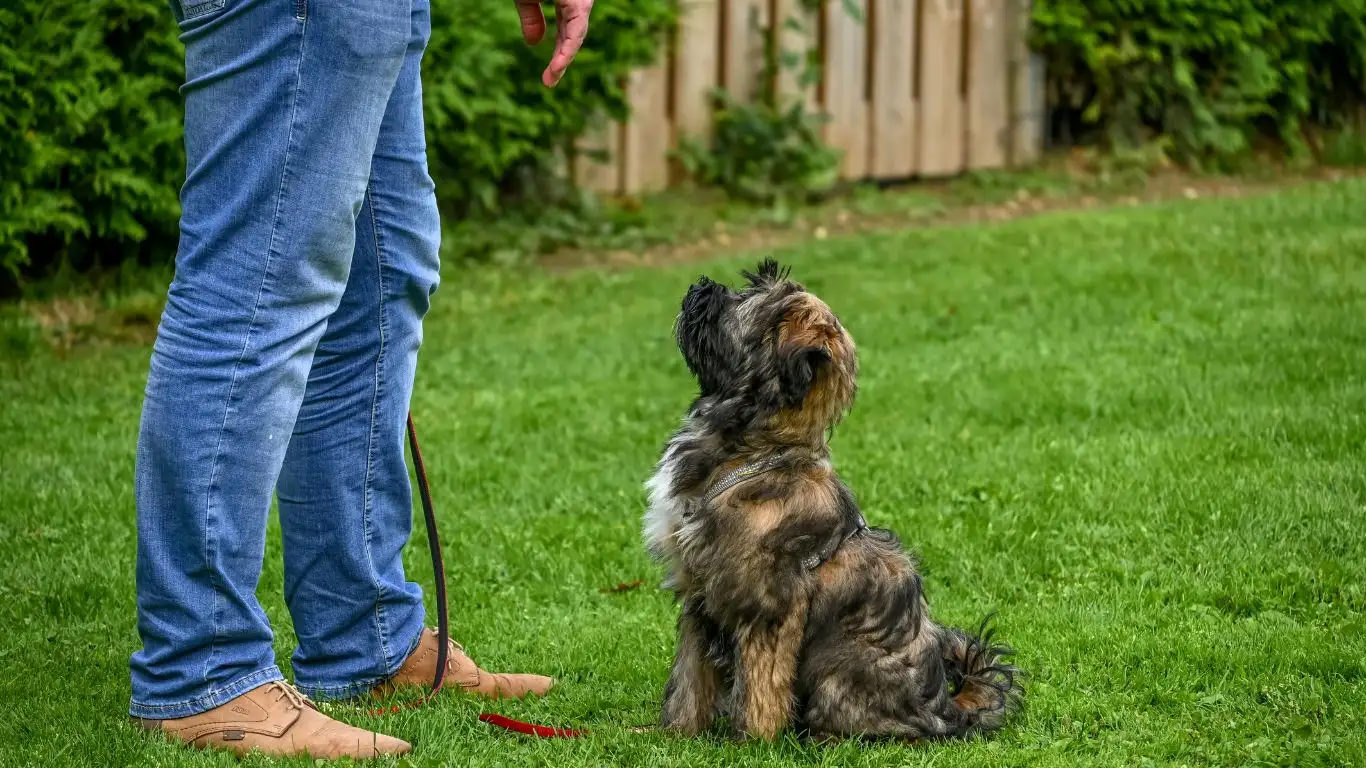
Let’s be honest—most dogs thrive on routine. They love their daily sniff sessions, meeting new pup friends, and running off steam. When winter rolls around and those routines get disrupted by freezing rain, snow, or icy sidewalks, it can mess with your dog’s rhythm big time. That’s when boredom sneaks in, and with it? Chewed-up shoes, shredded throw pillows, and lots of frustrated tail-chasing.
I remember working with a golden doodle named Max during a particularly brutal Chicago winter. His human was at her wit’s end—he’d turned her apartment into his own personal demolition derby. The solution wasn’t punishment—it was redirection. We just needed to outsmart the boredom.
Recognizing the Signs of a Bored Dog
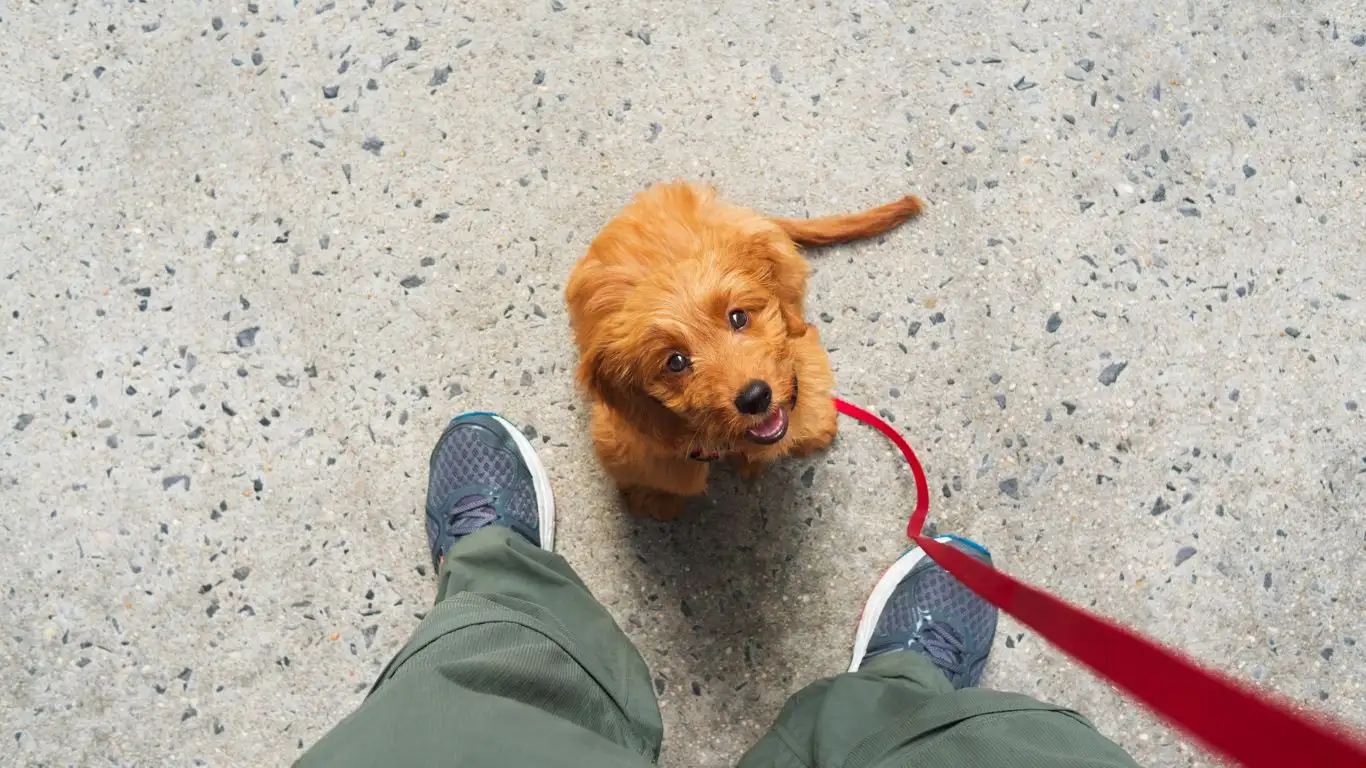
Before we dive into what to do, let’s talk about how to tell if your pup is bored. Some signs are obvious, others sneak up on you:
- Destructive behavior: Tearing things up, chewing furniture, stealing items they know are off-limits.
- Excessive barking or whining: Especially when you’re trying to focus on something else or leave the room.
- Restlessness: Pacing, inability to settle, following you around constantly.
- Self-soothing behaviors: Licking paws obsessively, tail chasing, or even over-grooming.
When I worked with therapy dogs, these signs were even more noticeable because they were used to structured days filled with engagement and activity. Once winter hit and visits were limited, they’d show signs of boredom within a couple of days if we didn’t make changes quickly.
Indoor Activities to Stimulate Your Dog’s Brain
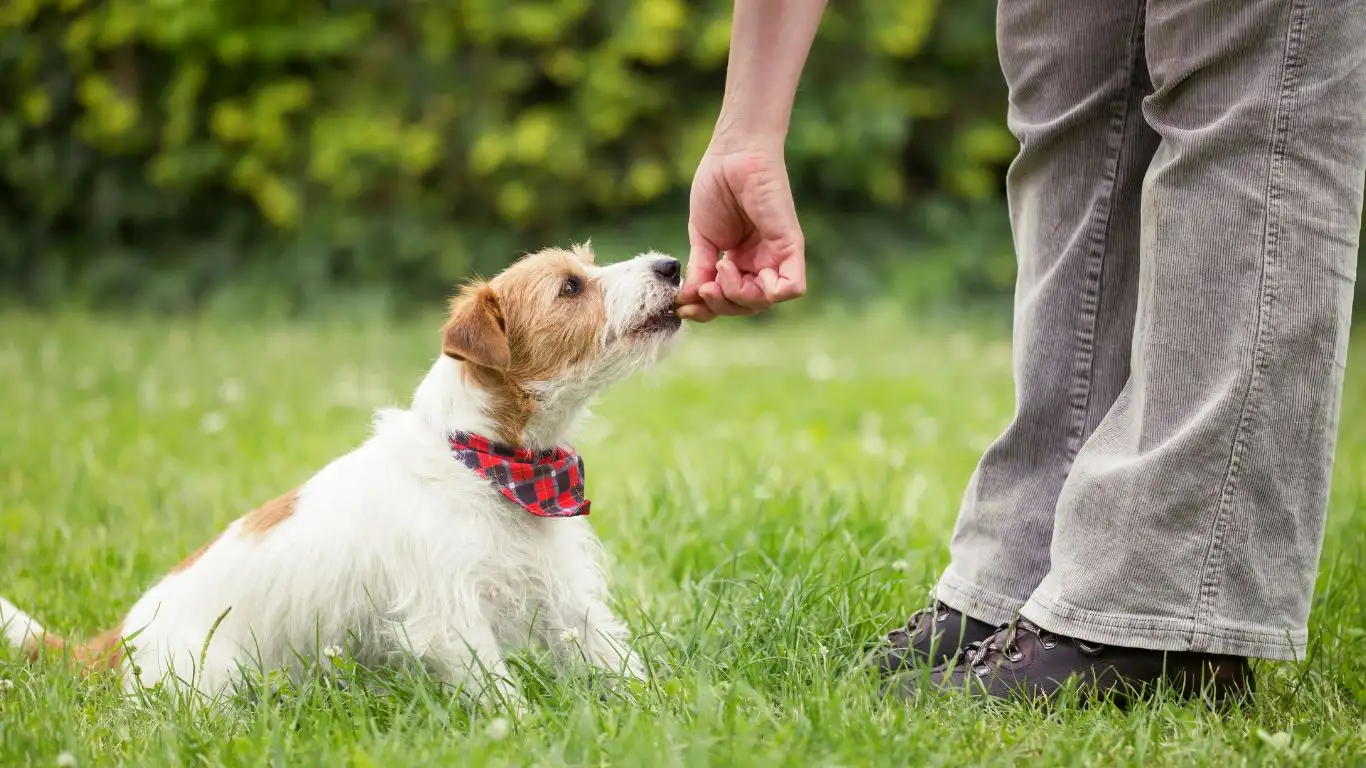
One of the best strategies for how to prevent boredom in dogs during winter is ramping up the mental stimulation inside the home. Physical exercise is great, but don’t underestimate the power of brain games—mental fatigue can wear your dog out just as much as a long walk. Here are a few of my favorite go-tos:
1. Puzzle Toys and Snuffle Mats
These are total lifesavers. You can load them up with treats or kibble, and your pup has to work to figure out how to get them out. Start easy if your dog’s new to these, and then increase the difficulty. I always keep a rotation of toys to keep it fresh.
2. DIY Hide-and-Seek
Hide treats around the house and send your dog on a scent mission. This taps into their natural sniffing instincts and makes them feel like a canine detective. Bonus: it works great with kids in the house too—they love hiding the treats and watching the hunt.
3. Teach a New Trick a Week
You’d be surprised how much a five-minute training session can tire your dog out. Teaching new tricks like “spin,” “roll over,” or even more practical stuff like putting away their toys keeps their brain firing and deepens your bond too. I once had a lab mix learn how to turn off lights using a touch stick—and yes, it was adorable.
4. Interactive Feeding Games
Turn mealtime into a challenge. Use slow feeders, muffin tins, or even hide food inside cardboard boxes to make them work for their kibble. It adds enrichment without needing extra equipment.
These indoor activities not only keep your dog occupied but also cut down on behavior issues dramatically. Every winter, I adjust the routine for the therapy dogs I work with to include more of these mentally engaging activities—because a busy dog is a happy dog.
Creative Ways to Keep Dogs Active Inside
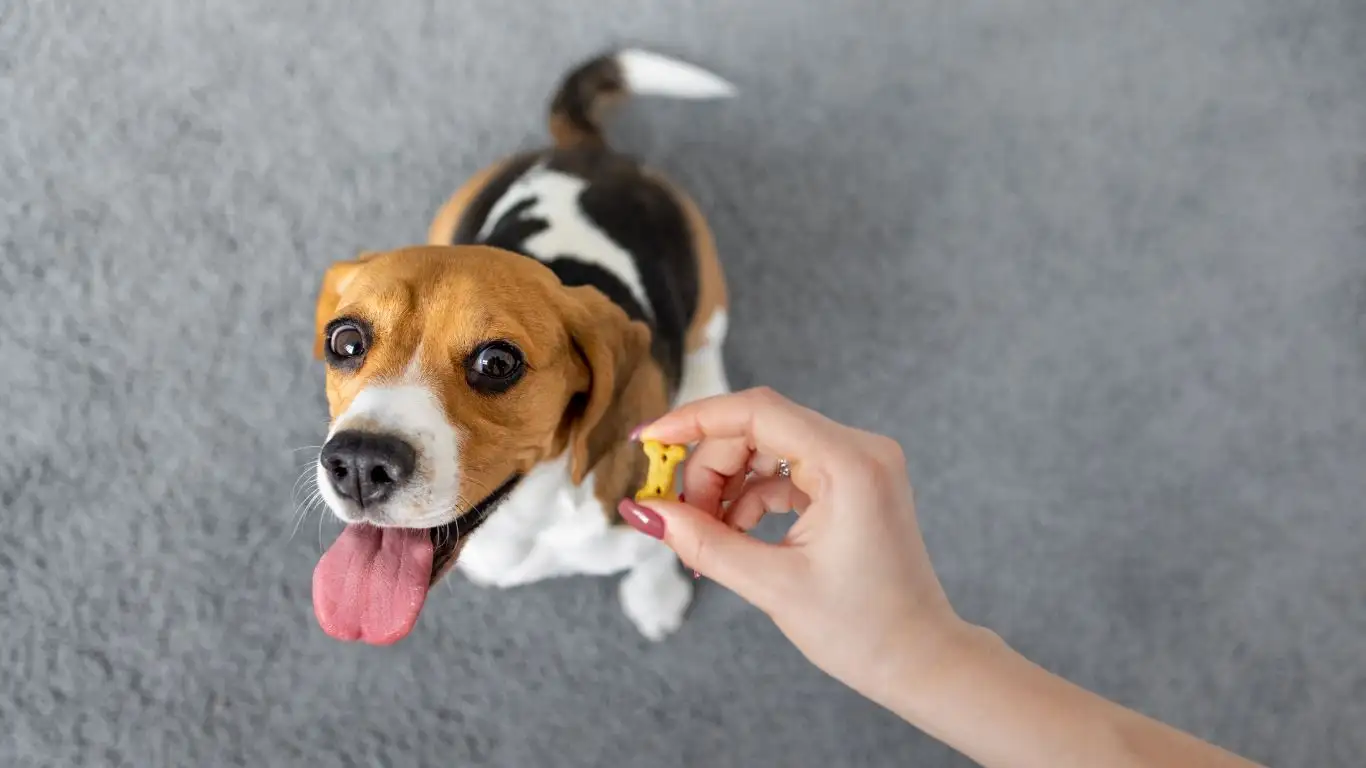
Now let’s talk physical movement. Just because it’s freezing outside doesn’t mean your pup has to morph into a couch potato. One of my golden rules for how to prevent boredom in dogs during winter is creating movement opportunities right inside your home. Yep—even in tight spaces, it’s possible. I’ve helped plenty of dog parents turn living rooms into mini playgrounds. It’s all about working with what you’ve got and getting creative.
1. DIY Obstacle Courses
Pull out some chairs, throw blankets, cushions—whatever’s lying around. Set up a simple obstacle course for your dog to weave through, jump over, or crawl under. Add a few training cues like “sit,” “stay,” or “paw” between obstacles to really dial up the challenge. It’s like doggy CrossFit, but way cuter.
When I was fostering a high-energy border collie during a snowy week, this was my secret weapon. He went from bouncing off the walls to snoozing peacefully after just two laps through the living room course. You don’t need fancy agility equipment—just a little imagination.
2. Hallway Fetch (Yes, It’s a Thing)
If you’ve got a long hallway, you’ve got a fetch field. Use soft balls or plush toys so nothing breaks. I like to sneak in a little impulse control by having the dog “wait” before I throw. It’s fetch with manners.
3. Stair Sessions
As long as your pup’s joints are in good shape, stairs are fantastic for a mini cardio blast. Toss a toy up and let them dash after it. Just make sure it’s safe and you’re supervising the whole time. Older dogs or those with hip issues should skip this one, though.
Socialization Doesn’t Stop in the Cold
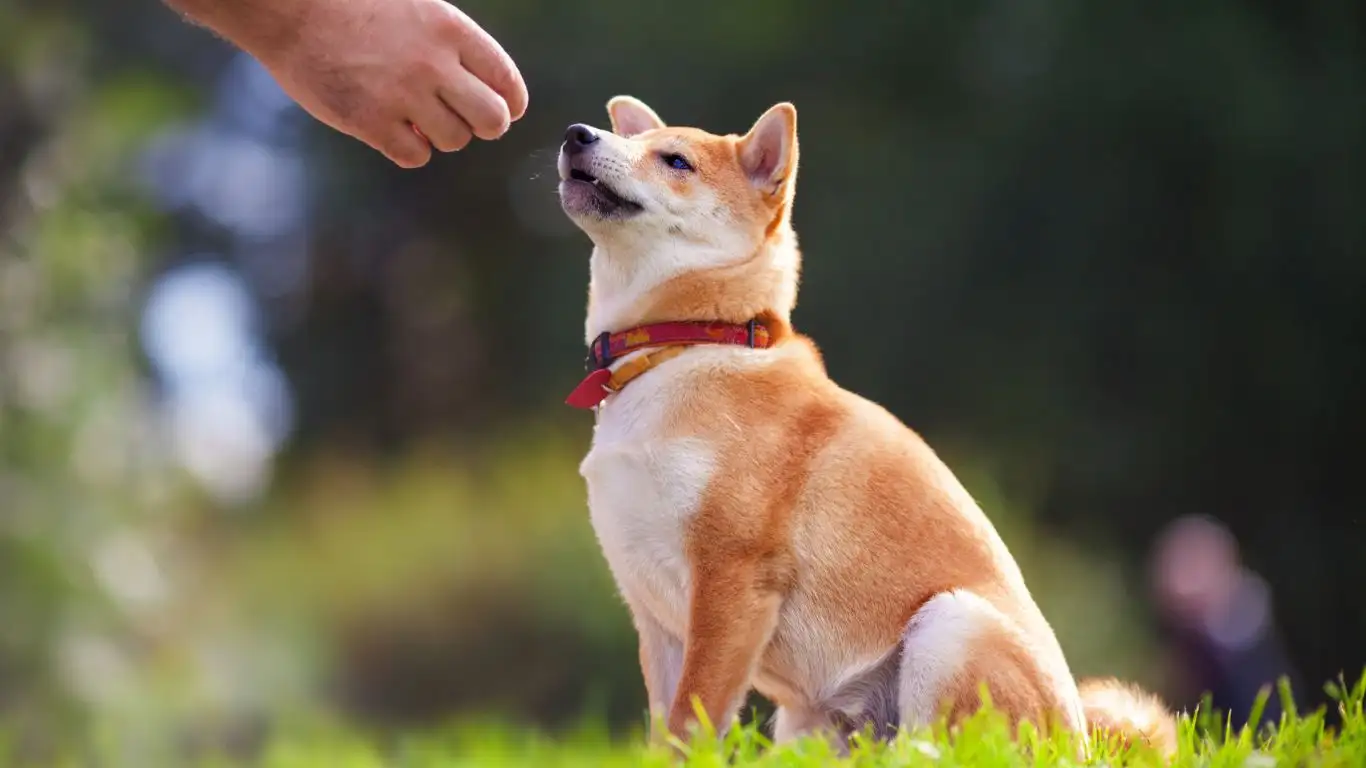
One of the most overlooked tips for how to prevent boredom in dogs during winter is keeping up with social interaction. Dogs are social creatures, and when they miss out on seeing other pups or people, it can affect their behavior and mood big time.
1. Indoor Playdates
If your dog has a few doggy friends who are well-mannered indoors, invite them over! Rotate houses to change up the environment. Just make sure the space is neutral and everyone gets along before letting loose. Always start with leashes and slow intros if it’s a new match-up.
2. Doggy Daycare
For dogs who thrive in a social setting and don’t mind new environments, doggy daycare can be a total game-changer during the winter. Even one or two visits a week can help burn off energy and provide that much-needed mental and emotional engagement. I have clients who swear their dogs come home from daycare happier than they’ve ever seen them.
3. Enroll in a Training Class
Winter is the perfect time to enroll in an indoor training class—especially those that offer advanced obedience or trick training. It keeps both of you mentally engaged and helps reinforce good manners. I’ve taught countless winter courses where dogs started out stir-crazy and ended up calm, focused, and eager to learn more.
Utilizing the Power of Scent Work

This is one of my absolute favorite winter boredom busters—and it’s often overlooked. Dogs were born to sniff. Their noses are their superpower, and tapping into that ability can work wonders on their mood and mental state.
1. Scent Work at Home
You don’t need to be a professional trainer to introduce scent work. Hide treats or toys in different rooms and encourage your dog to “find it.” Start easy, then make it progressively harder by hiding things behind furniture, under cushions, or in boxes. Reward big when they succeed.
2. DIY Scent Containers
Try placing cotton balls scented with vanilla extract, lavender (dog-safe and calming), or even a bit of cheese water into containers with holes. Let your dog practice identifying different smells. It’s a great mental challenge and builds confidence too.
One winter, I had a client with a super-shy rescue dog. We started basic scent work in a quiet room, and within weeks, her dog went from timid to totally engaged and tail-wagging. Sniffing isn’t just stimulating—it’s empowering for a dog, especially those that struggle with anxiety or fear.
So while the world outside may be cold and grey, your dog’s indoor environment doesn’t have to be dull. With a bit of creativity, some consistency, and a lot of love, you can keep them sharp, satisfied, and calm all winter long. And from personal experience, your sanity will thank you too.
Creating a Winter Routine That Works for You and Your Dog
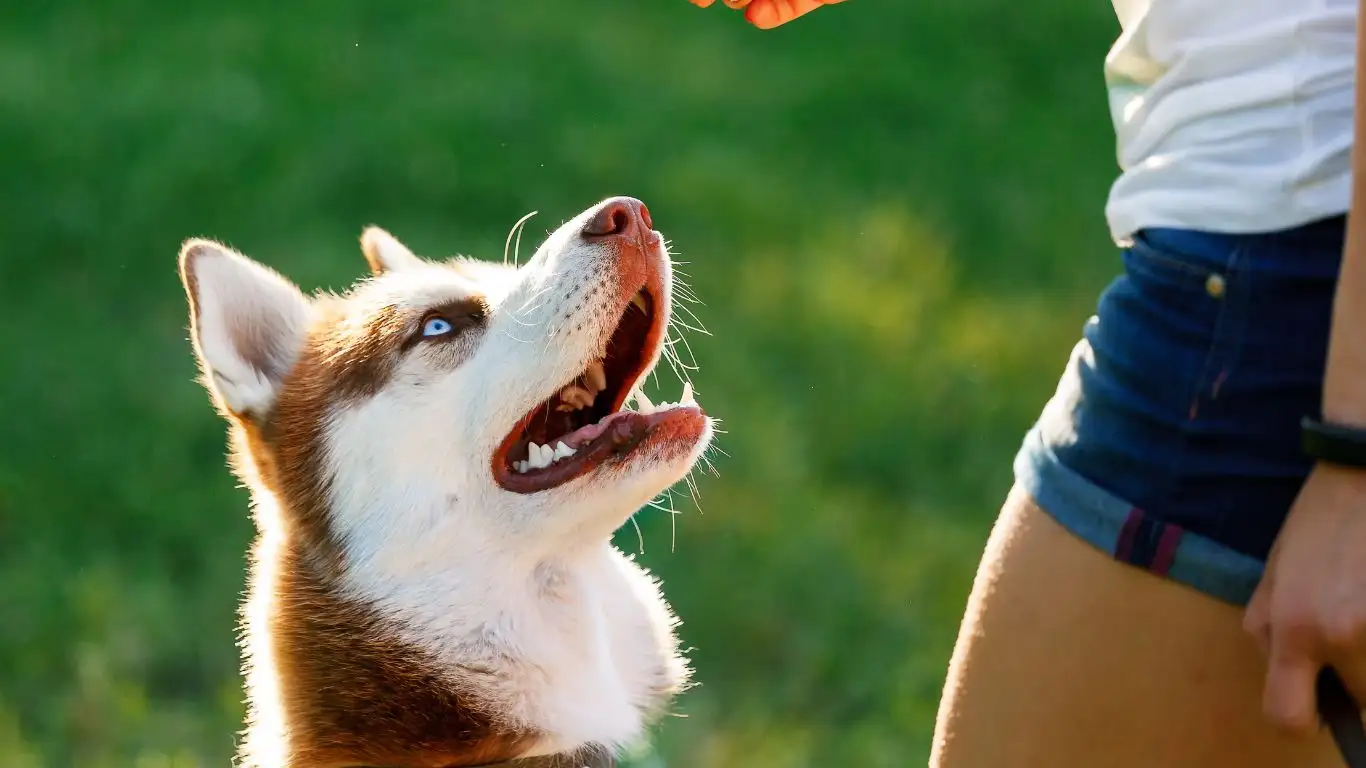
Now that we’ve covered mental games, physical exercise, and socialization, let’s pull it all together into something that sticks—a reliable winter routine. Trust me, as someone who’s trained therapy dogs in all seasons (and all kinds of crazy weather), structure is your secret weapon. Dogs thrive when they know what to expect, and that predictability helps reduce boredom and anxiety.
It doesn’t have to be rigid. Think more “flexible rhythm” than military schedule. A good daily winter routine might include:
- Morning brain work: 10–15 minutes of trick training or scent games while you sip your coffee.
- Midday movement: A hallway fetch session, indoor obstacle run, or quick walk if the weather allows.
- Evening enrichment: Mealtime in a puzzle toy, followed by a calming chew or cuddle time on the couch.
I often recommend rotating activities weekly to keep things fresh. You can even keep a little dog journal (yes, I do this) to track what your pup enjoys most—and what really wears them out.
Incorporating Calming Elements Into the Home

While we’re focused on how to prevent boredom in dogs during winter, we can’t forget the importance of downtime. And I don’t mean just lying around bored—I’m talking about true, restorative rest. Dogs need a calm environment where they can fully relax, especially after mentally and physically engaging activities.
1. Cozy Safe Zones
Set up a warm, inviting space that’s just for your dog—preferably away from foot traffic. A comfy bed, a few favorite toys, and maybe even a piece of your worn clothing can help them feel secure. Weighted blankets and calming pheromone diffusers (like Adaptil) work wonders, especially for anxious dogs during long, dark winter evenings.
2. Calming Aids
Not every dog needs them, but for pups who struggle during colder months, natural calming aids like CBD (pet-safe), calming chews, or vet-recommended supplements can really help. I always tell my clients to check with their vet first, though—it’s all about tailoring solutions to your individual dog.
3. Music and White Noise
This one’s underrated. Soft classical music or specially composed pet playlists (yes, they exist!) can soothe nervous pups and make them feel less alone when you’re out. I’ve used calming music during training sessions, therapy visits, and even crate time—it sets the tone beautifully.
When to Seek Extra Help
Sometimes, despite our best efforts, a dog’s boredom or restlessness may signal a deeper issue. Separation anxiety, joint pain, or even cognitive decline (especially in senior dogs) can all mimic symptoms of plain old boredom. If your dog’s behavior seems extreme, persistent, or sudden, reach out to your vet or a certified behaviorist.
In my therapy work, I once had a senior Labrador who suddenly stopped engaging with his usual enrichment games. Turns out, early signs of arthritis were making some of the activities uncomfortable. Once we adjusted his plan and added vet-approved support, he was back to his tail-wagging self.
Final Thoughts: Winter Doesn’t Have to Be Ruff
Look, I get it—winter can feel endless. The slushy sidewalks, dark mornings, freezing temps—it’s not exactly inspiring. But your dog doesn’t have to suffer through it. With a mix of creativity, consistency, and a little love, you can keep their mind and body active, even when the weather outside is downright miserable.
My biggest advice? Don’t wait until your dog starts acting out to make changes. Proactively building an engaging winter routine is the key to preventing boredom before it starts. Keep trying new things, listen to your pup’s feedback, and remember—boredom isn’t inevitable. It’s preventable.
And honestly, all the bonding, fun, and silly games you’ll share along the way? That’s the real reward. Winter might just become your favorite season to spend with your dog.
References
Disclaimer
This content is for informational purposes only and is not a substitute for professional veterinary advice, diagnosis, or treatment. Always seek the advice of your veterinarian or other qualified pet care provider with any questions you may have regarding a medical condition or behavior issue.
